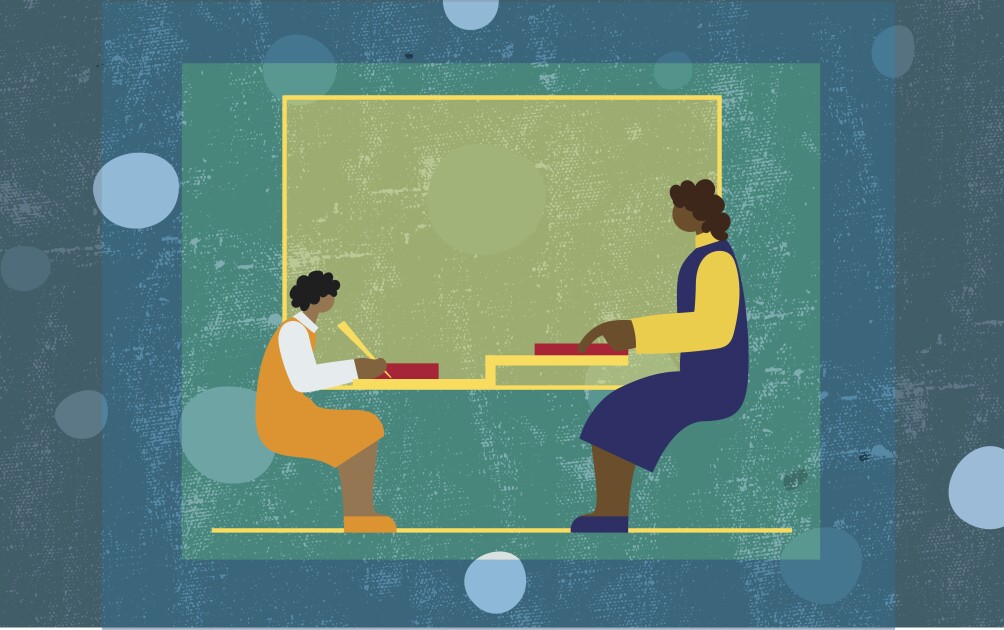The proportion of high school students completing a solid core curriculum has nearly doubled since 1990, and students are doing better in their classes than their predecessors did.
But that good news is tempered by other findings in two federal reports released here today. The performance of the nation’s high school seniors on national tests has declined in reading over the past decade, and students are lackluster in mathematics. A third of high school graduates in 2005 did not complete a standard curriculum, which includes four credits of English and three credits each of social studies, math, and science.
View results of the 2005 NAEP Twelfth-Grade Reading and Mathematics Assessments and the 2005 High School Transcript Study. Also, read more about the High School Transcript Study from the National Center for Education Statistics.
The 12th grade reading and math results on the National Assessment of Educational Progress are based on a nationally representative sample of 21,000 seniors at 900 public and private schools who took the tests between January and March of 2005. The report on their performance was accompanied by the latest NAEP transcript study, which analyzes the coursetaking patterns and achievement of high school graduates.
Two-thirds of the 26,000 graduates who were followed for the transcript study also participated in the 2005 NAEP math and science assessments.
No Improvement in Reading
On the reading test, 12th graders’ average score has declined significantly since the first time the test was given in 1992. The test-takers averaged 286 points on a 500-point scale, a 6-point decline over 13 years, but statistically the same score as in 2002. Achievement levels in reading have also declined since 1992; 80 percent of the students tested that year scored at the “basic” level or better, but only 73 percent did so on the 2005 test, the same proportion as in 2002. In addition, the gap in scores between members of minority groups and higher-scoring white students has not narrowed significantly.
In math, the scores are not comparable with those from previous tests since the 2005 test was based on a new framework. Students scored, on average, 150 points on a 300-point scale. Just 61 percent of the 12th graders demonstrated at least basic command of the subject, with 23 percent considered “proficient” and 2 percent “advanced.”
Among 2005 high school graduates, 68 percent completed at least a standard curriculum, while 41 percent took a more challenging course load, and 10 percent took more-rigorous classes. In 1990, just 40 percent of graduates completed at least a standard curriculum, and 36 percent took additional courses, while 5 percent took what was deemed a rigorous course load.







